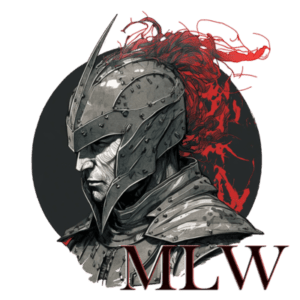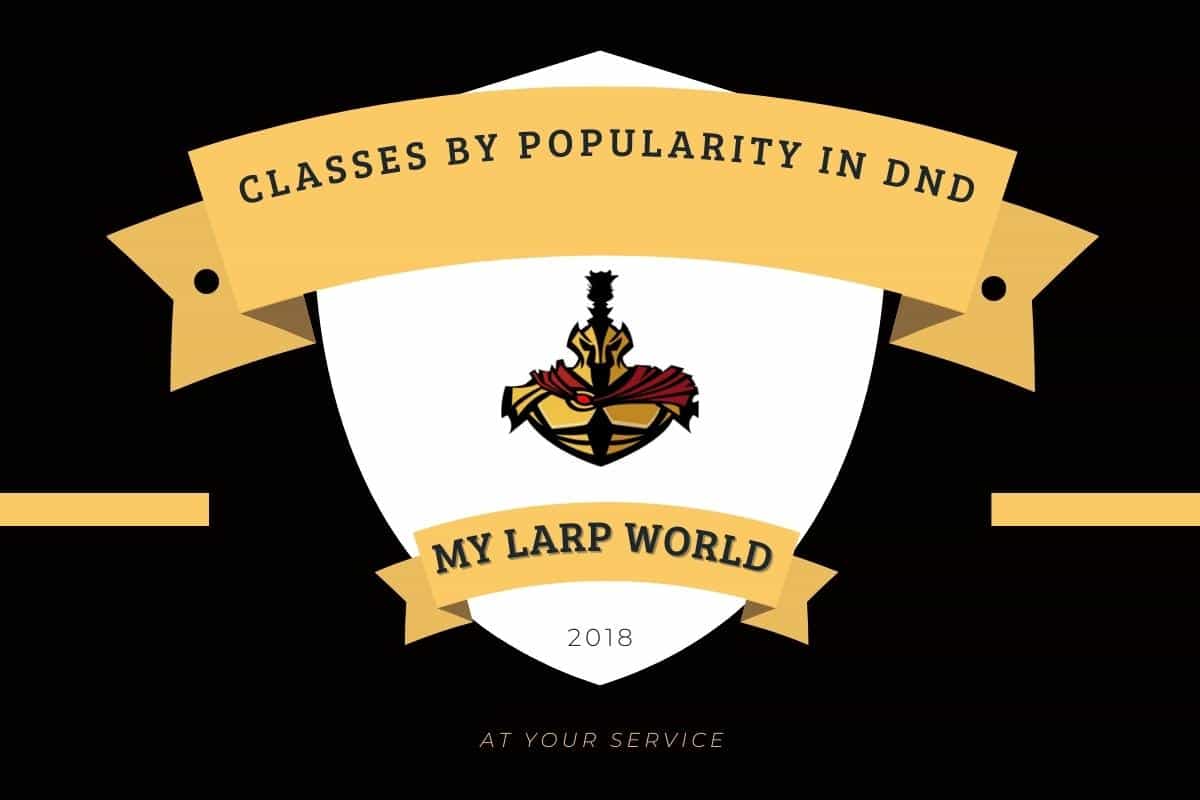In DnD, it’s important to pick a class that you’re going to enjoy since games can run for a very long time. Plus, the classes vary a lot in playstyles and strengths. This begs the question, what are the least and most popular classes in DnD today?
The most popular DnD class is the Fighter. It’s a straightforward class that packs a lot of power, and it’s very beginner-friendly. Druids on the other hand are the least popular class to play in DnD. Druids are fairly complicated to play with all the different shapeshifting abilities, and this complexity doesn’t necessarily reward you with a very strong class.
Now that you know the most popular and the least popular classes of DnD, let’s go over this in detail. One thing to keep in mind is that this list will exclusively look at classes from the Player’s Handbook, so classes from Tasha’s Cauldron of Everything, such as Artificer and Blood Hunter, won’t be in it.
1. Fighter
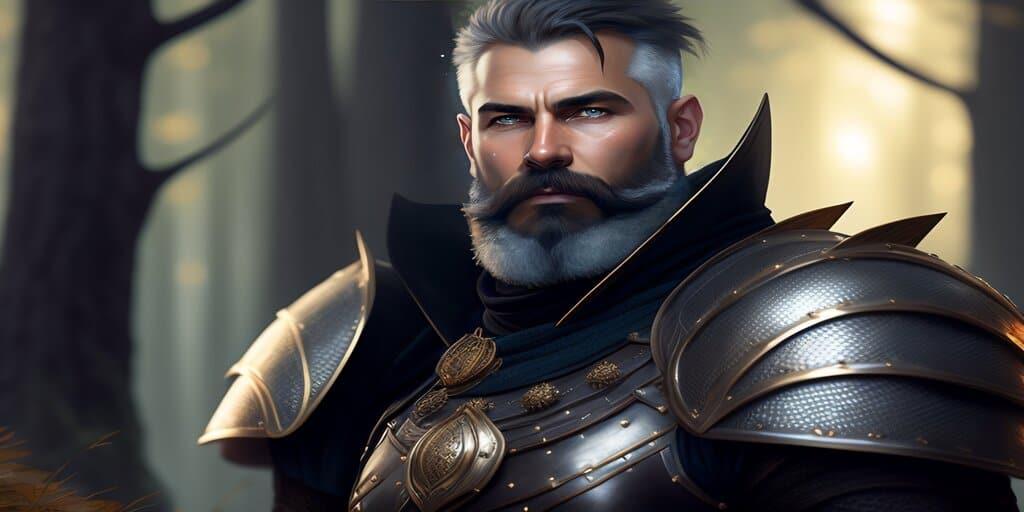
As I mentioned above, the fighter is the most popular DnD class by quite a margin. It is a very straightforward, beginner-friendly class that revolves around doing a bunch of damage. Another aspect to take into account is that fighters get access to a lot of feats.
Other classes in DnD have a lot of other mechanics to keep in mind, while the Fighter doesn’t. If you would list the most and least popular classes among advanced/veteran players, then the fighter probably won’t be as high up.
Finally, fighters as an archetype are arguably more open to interpretation than other classes. A fighter can mold his/her story to a greater extent than say a cleric or a bard, because of the identity of the class. A fighter can be a lot of different things.
2. Rogue
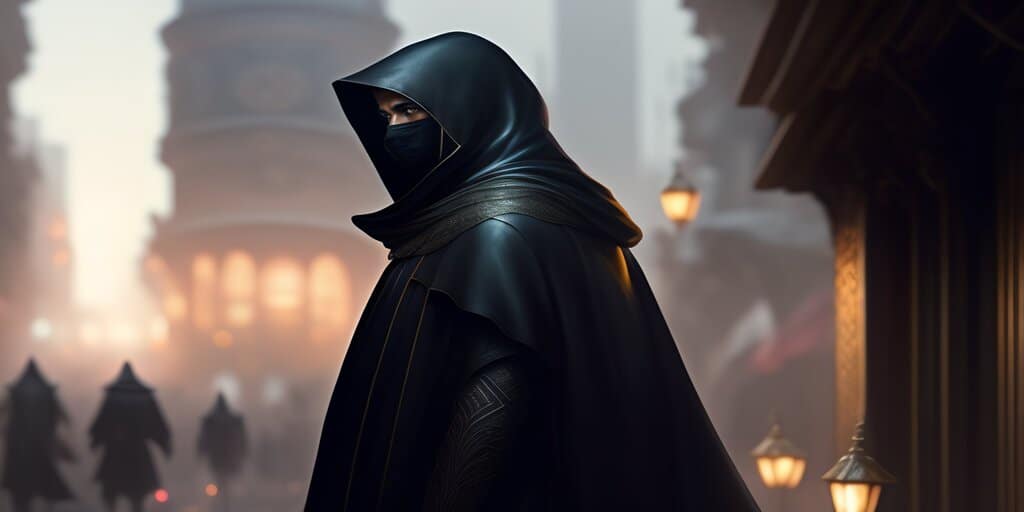
The rogue takes the second most popular spot on this list. A lot of players appreciate the aesthetic of a rogue, being able to sneak around and attack enemies in the back. Rogue-like classes are generally very popular in a lot of games.
Their toolset in DnD is nothing to scoff at, either. They can go into stealth and deal with various obstacles and boobytraps. Plus, Rogues have more skills than most classes at lower levels. For example, they get expertise at level one which is really strong.
Ultimately though, I don’t think new players do that much research into classes’ various skills and options before picking a class, rather they just learn what the general playing archetype is and if the class fits their preferable aesthetic, they pick it.
3. Wizard
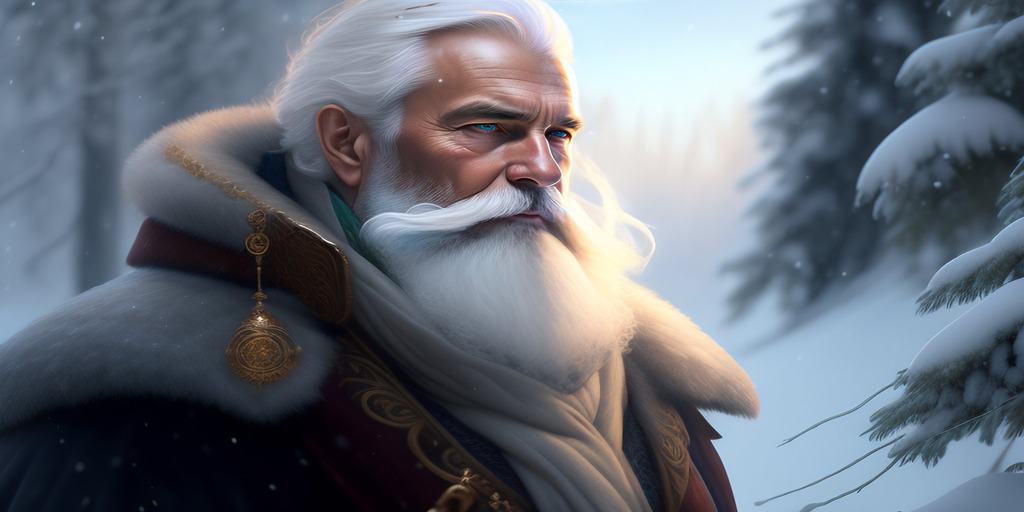
Wizards are the third most popular class in DnD. The aesthetic reason for this isn’t hard to guess – Wizards are one of the most popular fantasy archetypes bar none, and so it’s not very surprising to see that they are popular in DnD.
Wizards in DnD have the biggest arsenal of spells in the game, whether it is a big nuke of a spell or utility to help your party progress. This can actually be a deterrent for new players, so for new players, it’s probably more the aesthetic that draws them to the Wizard class.
More experienced players enjoy the versatility and complexity that come with wizards and their enormous spell books. In my opinion, combat is some of the most fun with wizards as they are very frail. Your positioning in battle matters greatly, which I really enjoy.
4. Barbarian

Barbarians are somewhat similar to fighters in that they both are physical damage dealers that can absorb quite a lot of damage. However, the Barbarians deal more damage in single blows and they take advantage of a mechanic called rage.
I very much enjoy the aesthetic and potential story-building that can be achieved with the barbarian. Barbarians are folk who embrace incivility and reject civilization, rather choosing to embrace their ancestors and the wild.
It’s one of the most popular aesthetics in other games as well, and it’s not hard not to make sense of why barbarians are popular in DnD.
5. Cleric

Clerics have a somewhat more specific archetype than say a fighter, but they’re really cool. Clerics are people gifted with power from various divine sources. The variety lies in what particular deities their allegiances are.
Gameplay-wise they are very good supports with a lot of healing capabilities and buffs. They can also deal damage but it’s usually not their primary role. They usually have a specific type of damage output type, which means that they can struggle against certain types of enemies.
Some players are confused about the difference between the Paladin and the Cleric, and basically, the biggest difference exists in fighting vs. spellcasting. Clerics cast a lot of spells while Paladins fight more.
6. Ranger
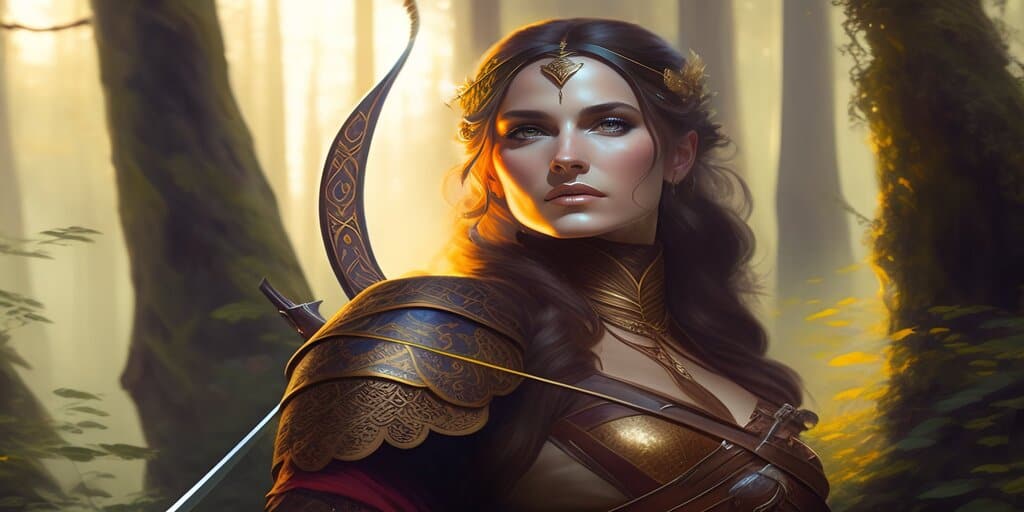
Rangers are a fairly popular class. This relative popularity probably stems from the fact that the lone, tracker sort of archetype has been around in fantasy settings for a long time, with characters like Aragorn being one of the most famous.
In-game, their strengths lie in their flexibility. At first, they were specifically meant as the previously mentioned tracker type of character, but they have since the release of 5e received a couple of updates that diversify the class (see Tasha’s Cauldron of Everything for details).
Flexibility also lies in their fighting styles – they can choose to be efficient in either melee or ranged spaces.
7. Paladin
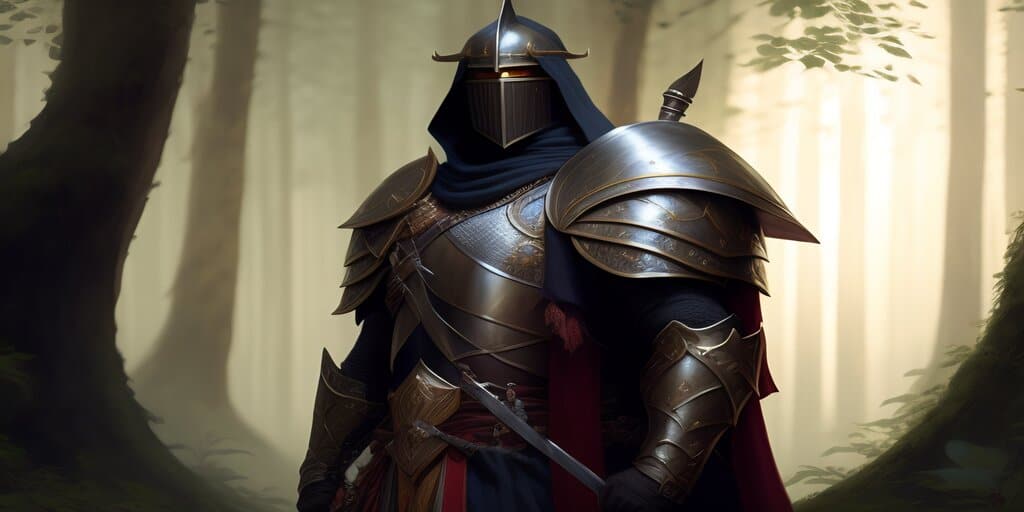
Paladins are one of the classes that are arguably restricted by their identity. Roleplaying a paladin comes with certain morals because of this choice. Paladins are guardians of justice and righteousness. They have taken oaths pertaining to these things, which have given them power.
Breaking the codes they have sworn to uphold will revoke them of these powers. This means that you can’t stray too far from the trodden path as a Paladin. The Player’s Manual tells us this: “Oaths, honor, and rigid rules define a paladin’s everyday actions. Breaking these oaths means their deity will revoke their powers.“
Now, if this is your thing then you will have a great time! Gameplay-wise they are pretty flexible, as they can deal damage with spells and physical damage and still have good healing utility for your party.
8. Warlock
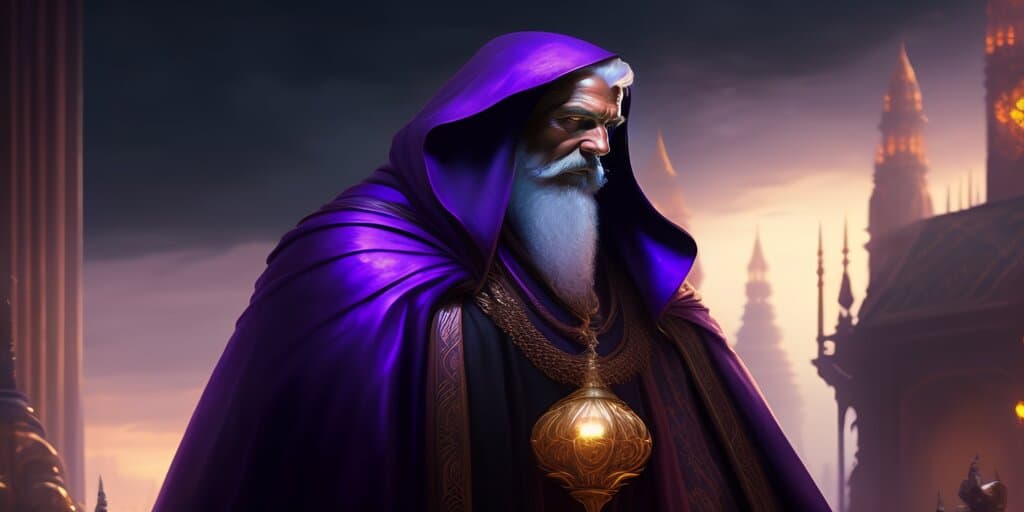
Warlocks are casters whose power comes from pacts with demons of different kinds. They’re generally not particularly liked within society as a result of this. Of course, not all Warlocks are evil. Many Warlocks made their pacts to commit good deeds, which is a nice flavor for the class.
Warlocks are pretty frail when it comes to non-magic close combat, but not to the extent of a Wizard. Furthermore, playing a Warlock means the most customizable options of any class on this list, which can be nice for experienced players but also kind of daunting for new ones.
9. Monk

Monks are as you can see not particularly popular. In my opinion, this has probably to do with the aesthetic. A monk is usually imagined as an eastern, oriental-style character, which doesn’t really fit in that well with your typical DnD environment and style.
This doesn’t necessarily mean that people protest other players picking the class, but if a new player picked DnD out of the endless pool of today’s TTRPG, it most likely wasn’t because they wanted to play a monk.
Gameplay-wise they are cool. They have crazy mobility and a good variety of build options. Arguably, however, the flavor of these various build options and skills does not lend themselves to a great amount of flavor customization.
10. Bard
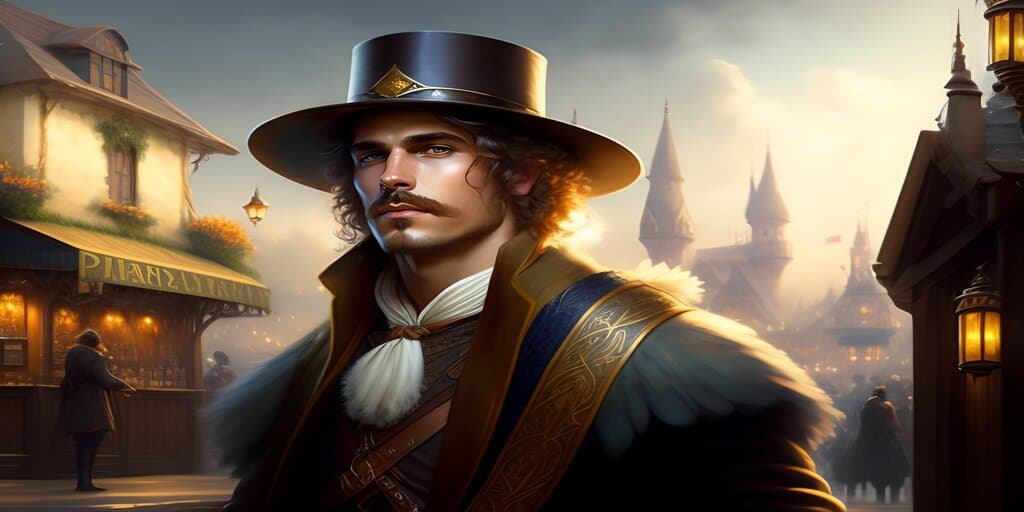
The Bard is a very versatile class that has access to all skill proficiencies. They aren’t necessarily the most effective in damage dealing, as their damage usually is found in the buffs that they give to others. Now, why are Bards unpopular to play in DnD?
Bards are adept at bringing forth buffs and disables with their music and speech. Music works differently in DnD than in the real world. In DnD, music is a manifestation of inner power, sort of.
Bards usually have a certain, quirky, characteristic about them. To experienced players, this can be kind of annoying as they see it as a played-out trope.
The social, flirty, amiable route is just the easiest to go to when playing a Bard, so that’s usually what people do when roleplaying the class. Of course, this means that players who aren’t interested in that sort of thing just go another route instead.
11. Sorcerer
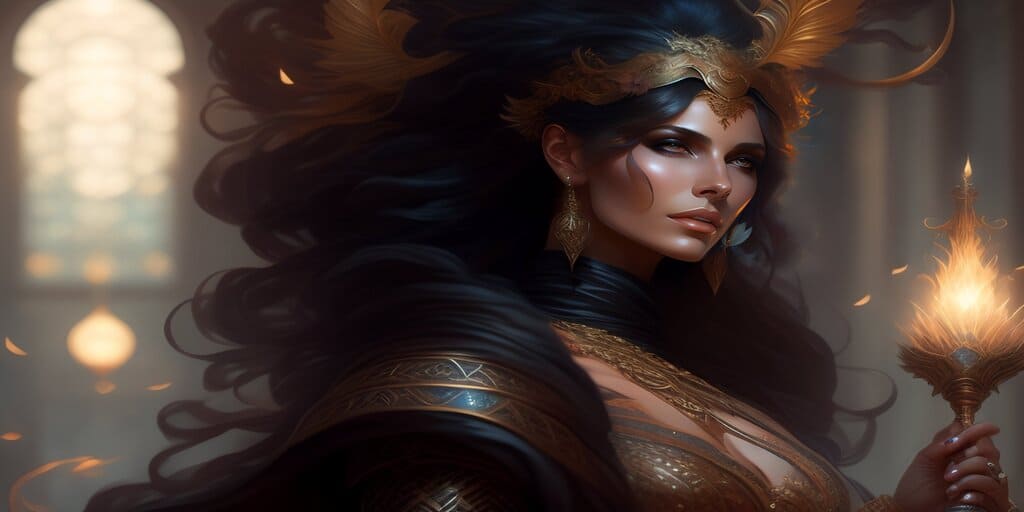
When it comes to sorcerers, let’s get this straight right away: they are not Wizards. They are both spellcaster classes, but they are decidedly different. This might be obvious to the experienced player reading this, but new players might have difficulties seeing the difference from the names alone.
While Wizards study hard and long for their magic powers, sorcerers are naturally magical. There are also vast differences between the two classes in gameplay. Sorcerers can only change their spells after they level, while Wizards can swap after a rest. Wizards have a long list of spells to make use of, sorcerers get a few potent ones.
I’m not sure why Sorcerers aren’t played more, but it would seem to me that new players who want to play a magic caster pick Wizards rather than sorcerers.
12. Druid
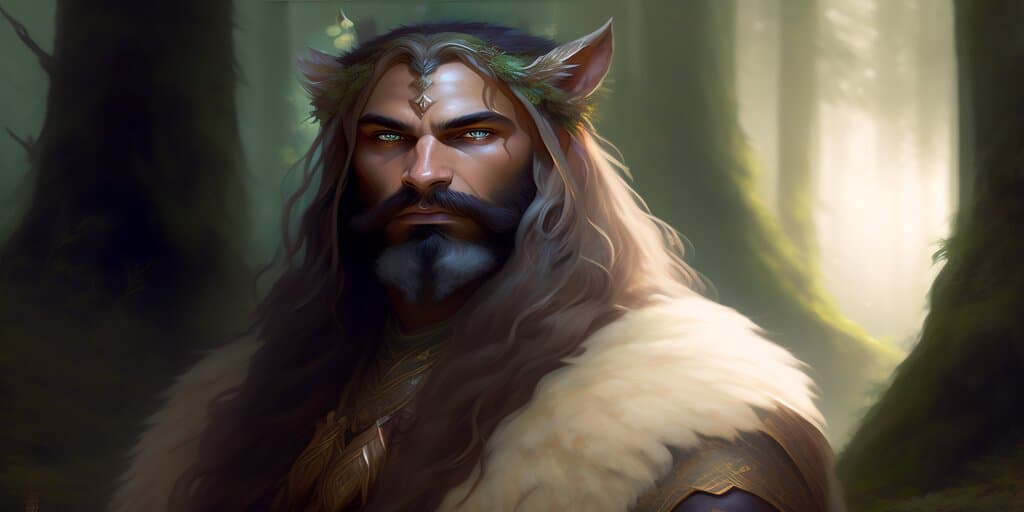
Druids are one of the most aesthetically pleasing classes to me, so I’m a bit scuffed that they’re the least played class in the game. They can be played both as an elemental caster or as a shapeshifter, taking on various forms to great effect.
Furthermore, Druids are probably one of the more difficult classes to play in the game, as you “need” to keep track of the stats and options of your various forms and change into one of them depending on what you want to do.
Finally, something to remember with a list like this is that the classes do not differ that much from each other, just enough that we’re able to put them in order. Don’t let any popularity list/other people’s opinions dissuade you from playing what you want to play.
